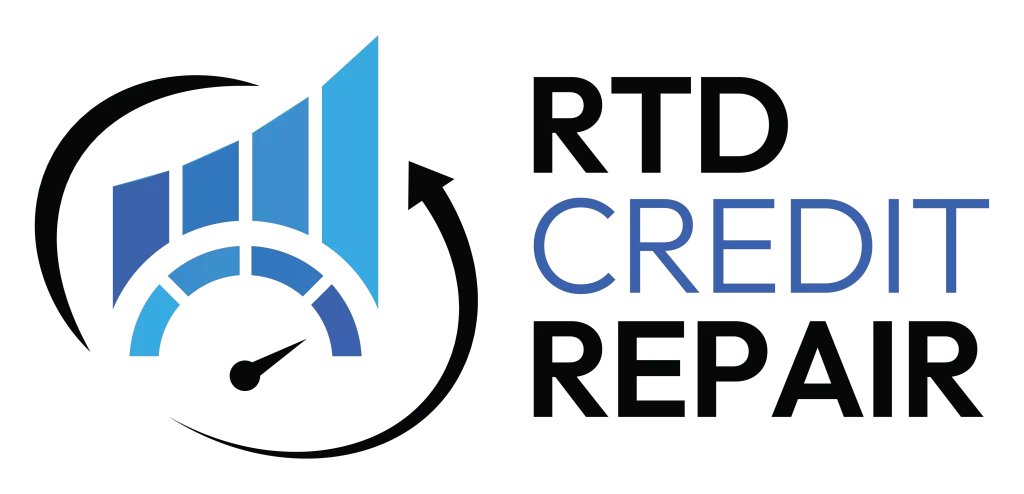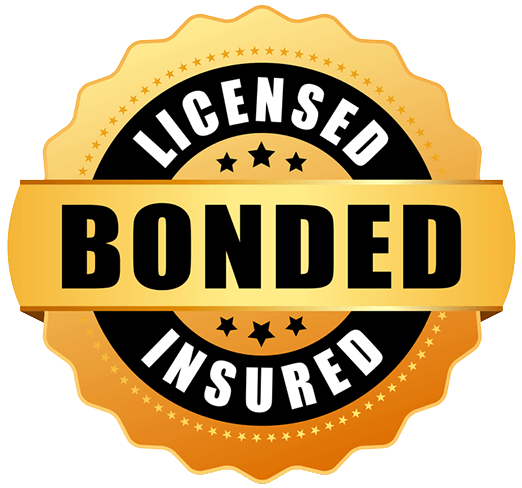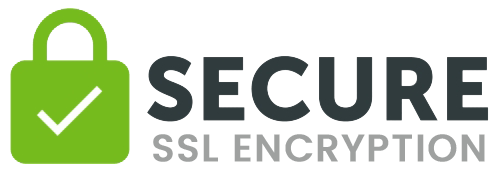There are two main strategies for paying down credit card debt. Using either one can help you go for your goals of freeing yourself from interest payments so you will have more financial freedom.
The strategies are:
1. Pay the debt with the highest interest rate and highest balance first
2. Pay the debt with the highest interest rate and smallest balance first
Let’s look at the pros and cons of each strategy.
1. Start with the Highest Interest Card with the Highest Balance
With this strategy, you pay the minimum payment on all your other cards and apply all the other money you have available towards this one. You will save on interest and once you have paid off this high balance, you will have a better credit-to-debt ratio and improve your credit score.
When you have paid off the first high interest, high balance card, move on to card number two with the next highest interest rate, then the third, and so on. Keep paying the minimums on the others while you “snowball” the payments you would have made to the cards that are now paid off and apply the snowball sum to the next card on your list.
The advantages of this approach
The advantages of this approach are that you are focused on paying down one card at a time so you do not get confused about your goals. You will start saving a good deal of money right away because your high interest payments will go down. You will boost your credit score and can soon snowball that payment to the next card on your list.
The disadvantages
The disadvantages are that it takes discipline to do this, and it will take time depending on your balance. You will also need to stop using the card, and indeed all your other cards, to make a dent in all your debts. However, this will be the basis for a better financial future.
2. Pay the Debt with the Highest Interest Rate and Smallest Balance First
Pay the minimum on all your credit cards, and as much as you can afford towards the card with the highest interest rate and smallest balance.
The advantages of this approach
This strategy is psychologically more motivating, because you will start to see your debts clear faster than with method one. You will also be eliminating the number of cards and accounts you have to keep track of.
The disadvantages
The disadvantages are that you will probably not have as large a snowball to roll over to the next card. But if you are the kind of person who loves to cross things off your to-do list, this could be the best approach for you.
Getting Started
Make a list of all your credit cards, credit card companies, balances and APRs. Organize the data on a spreadsheet in the order in which you wish to tackle the cards, using either strategy 1 or strategy 2.
Sticking to Your Strategy
No matter which strategy you choose, the important thing is to stick to it. You will benefit financially and also gain a great sense of accomplishment from paying down the debts one by one.
Once the card is paid off, either cut up the card or put it in a relatively inaccessible place to use only in case of a real emergency. The main thing to remember is NOT to close the account, because the history and the amount of credit available on that card will all contribute to a better credit score.
Use either of these two strategies and don’t run up new debts, and you will soon have the financial freedom you have always dreamed of.


